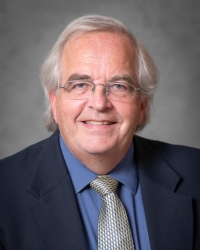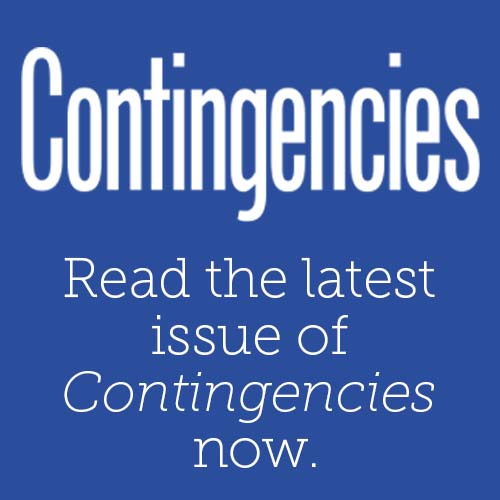Professionalism Counts, December 2022
Q&A: The Roles of the Actuary in the Selection and Application of Actuarial Models
The Committee on Professional Responsibility (COPR) released an updated discussion paper, The Roles of the Actuary in the Selection & Application of Actuarial Models, which updates a 2006 paper. Two of the actuaries involved in the update—Karin Swenson-Moore and Brian Donovan—did a Q&A on the updated paper. These discussion papers aim to stimulate thought and conversation on topics actuaries should be thinking about; readers can provide feedback at professionalism@actuary.org.
What led you to update this paper?
Karin Swenson-Moore: The impetus for this update was the release of Actuarial Standard of Practice (ASOP) No. 56, Modeling, which came out in 2020. We wanted this discussion paper to reflect the current state of the ASOPs. Also, while models core to actuarial activity have existed for years, how those models are developed has changed. For example, when this paper was first developed, predictive modeling and risk adjustment were in their infancy. Now, we talk about them every day and use predictive modeling tools.
What may an actuary want to think about when selecting and using models?
Brian Donovan: The obvious thing is the appropriateness of the model. You also need to understand any weaknesses in the assumptions, to what degree the underlying assumptions are appropriate, and limitations of the data going into the model, which would impact the usefulness of the model’s results.
KSM: ASOP No. 23, Data Quality, is exactly on that topic. You also need to make sure that the model reflects what we know about today’s environment and to what degree that can be quantified. In addition, you need to continually ask, “What else do I need to be thinking about?” and get input from others, whether outside experts or other actuaries, to make sure that you’ve got a full understanding of the model and that your work is not limited to your own experience.
“Actuarial models cannot and do not predict the future with certainty.” Comments?
BD: It is important that people understand that models are inherently uncertain. Modeling tries to quantify that uncertainty for a certain set of assumptions or characteristics. There’s always going to be uncertainty, and that is important to explain to non-actuaries when showing model results.
KSM: This reminds me of our Explaining Professionalism to Principals paper. A model is not a perfect predictor of anything, so it’s particularly important and challenging for actuaries to explain model results. People want a point estimate, and to some degree we are asked to land on “an answer.” For example, in pricing, at some point a premium is charged to the customer, and we know that premium is not going to perfectly reflect the actual experience.
What is the actuary’s role in developing or using models?
BD: I’ll use the example of the hurricane model. Hurricane models are made by experts in engineering, experts in weather patterns, etc. Because things that are not actuarial in nature go into the model, the actuary can’t be an expert hurricane modeling. The actuary just uses the results of the hurricane model. But the actuary still needs to understand the model’s underlying assumptions and have a good feel for how it works.
KSM: Actuaries develop certain models for actuarial functions, such as reserving models. But whether using a model developed by others or themselves, the actuary is responsible for the recommendations or estimates that the model is informing. That’s where actuarial judgment comes into play, and where we need to think about our professionalism standards when making those decisions.
BD: As we were talking, I pulled up ASOP No. 56—section 3.4, Reliance on Models Developed by Others, gives a nice summary of what we just said.
What do you want actuaries to take away from this paper?
BD: At this point, actuaries are aware that they need to understand the model, be comfortable with the model, and be able to explain why that model is appropriate and how they’re going to use it. But it would be good for actuaries to make sure they’re up to date on the modeling ASOP, which is becoming more important as modeling becomes more prevalent.
KSM: We want to make people think, “Oh, yeah, I want to document why I chose this particular model,” or “Oh, here are the things I did that deviated from what I did last time.” Or, “Are there new things I should be thinking about?” This paper brings up topics around modeling that that can help the actuary complete their due diligence in their day-to-day work.







